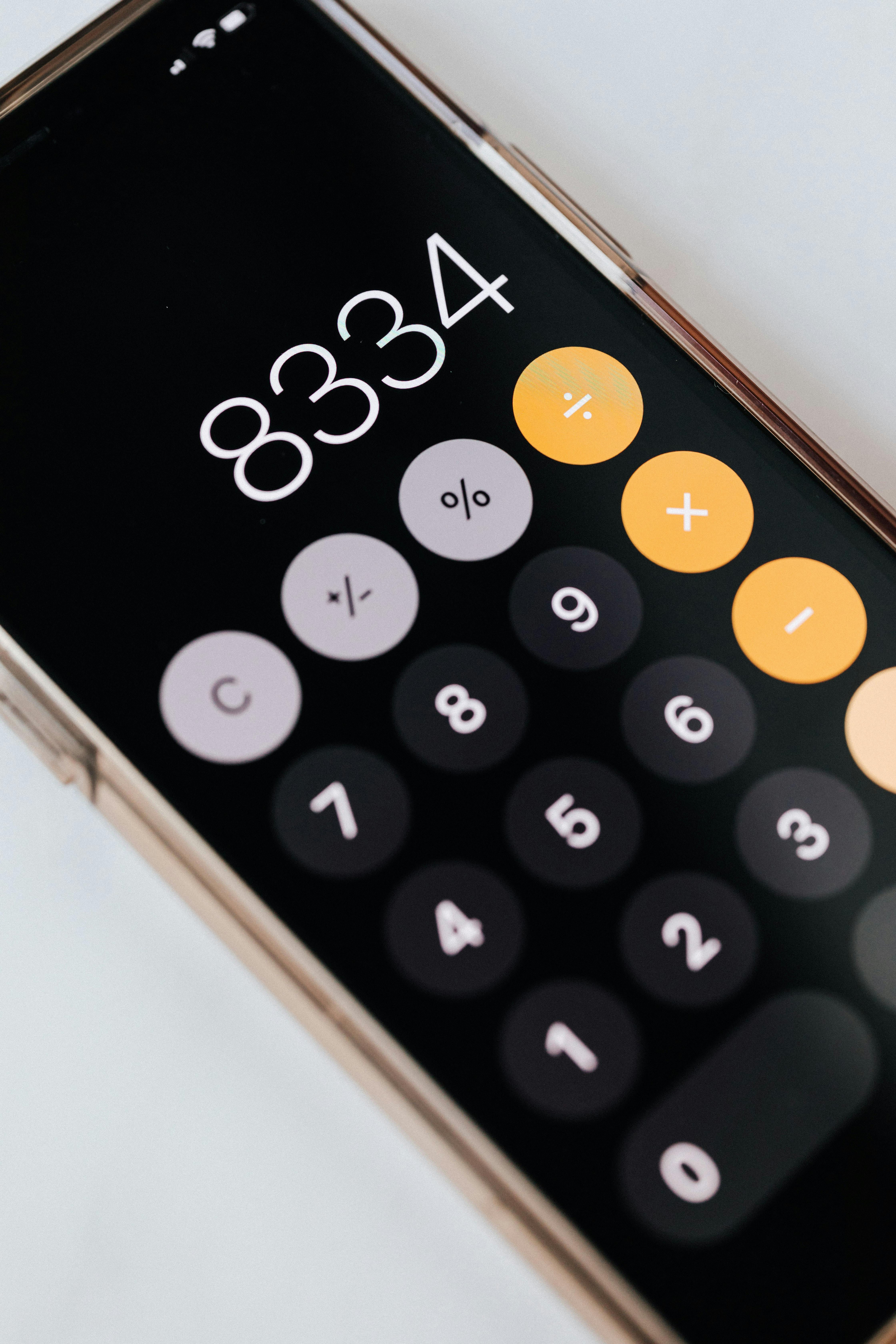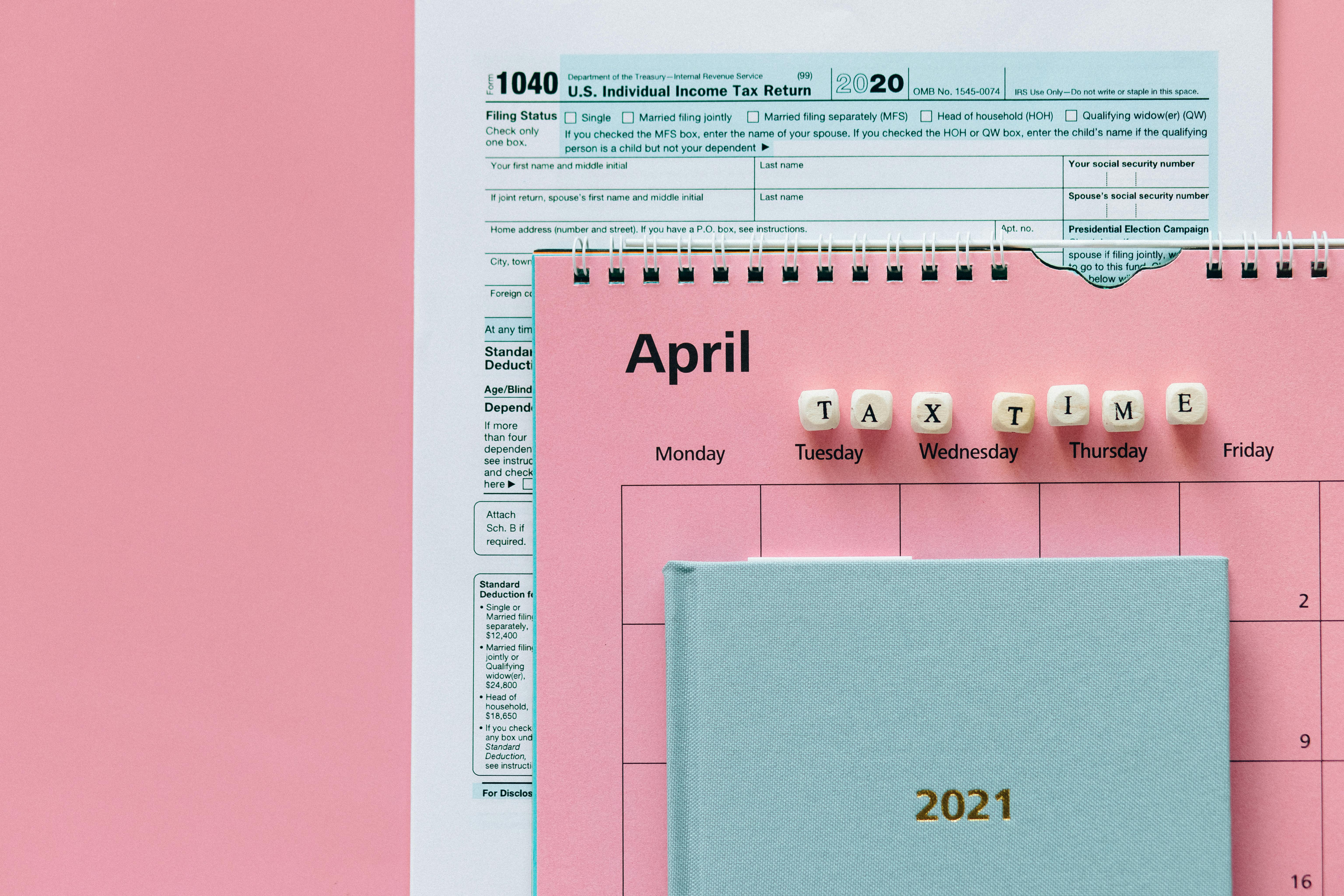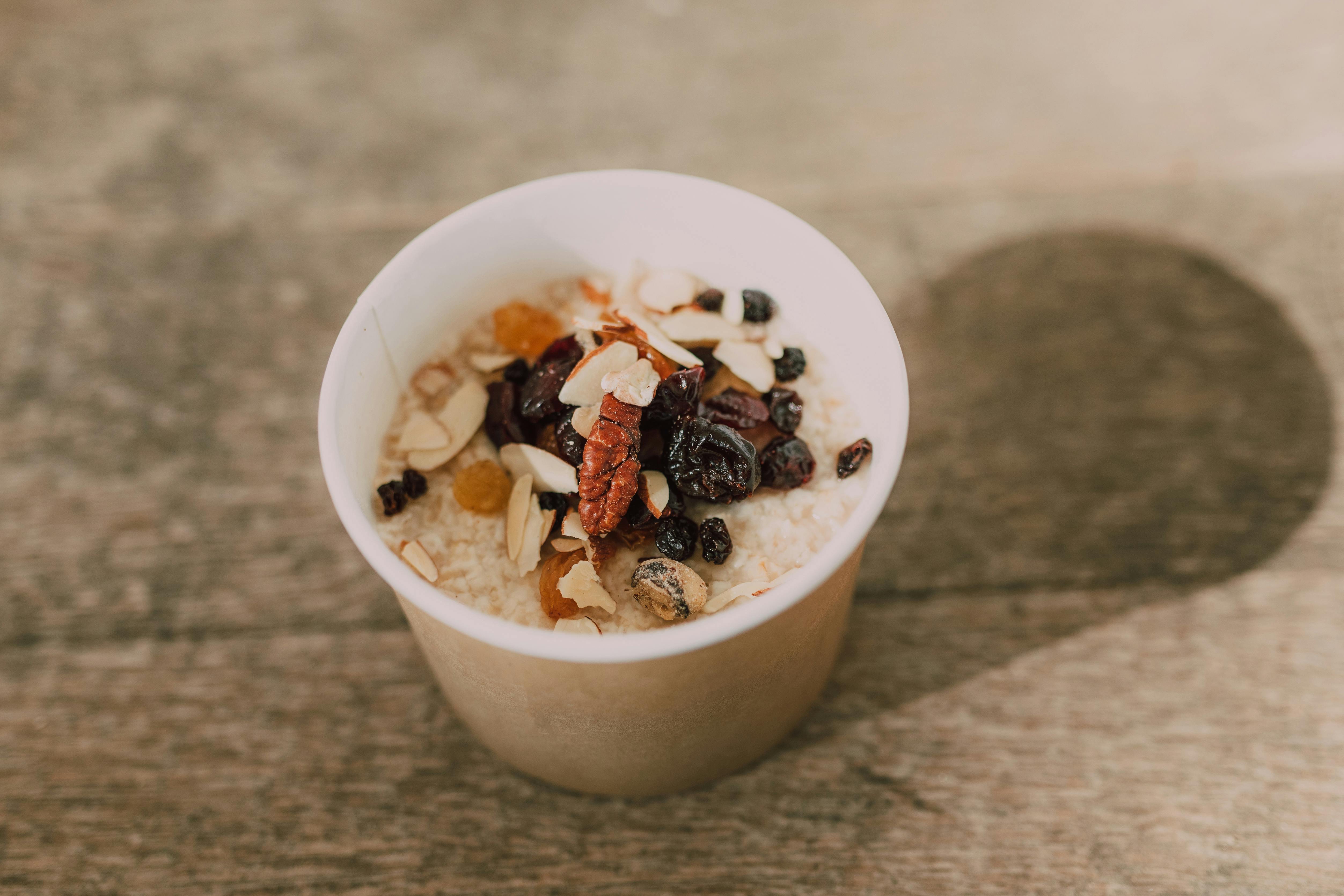Best 5 Methods for Beating Egg Whites to Stiff Peaks in 2025
Understanding Stiff Peaks: What You Need to Know
Achieving stiff peaks when whipping egg whites is vital for numerous culinary applications, especially in baking and dessert preparation. Stiff peaks indicate that the egg whites have been beaten sufficiently, allowing them to hold their shape and volume. This consistency is essential for making meringue, soufflés, and other airy creations. To get there, the whipping techniques, timing, and conditions play crucial roles. When egg whites are beaten correctly, a transformation occurs. Initially, they foam and expand, eventually turning into a fluffy, frothy mass. The proteins in the egg whites unfold and trap air, creating the structure necessary for stability. Knowing how long to beat egg whites is paramount, as under-whipped eggs won’t hold peaks, while over-whipped whites can turn grainy and lose volume. In this article, you will discover five effective methods for beating egg whites to achieve perfect stiff peaks, tips for successful whipping, and information on how to stabilize egg whites for your favorite recipes.Choosing the Right Tools for Whipping Egg Whites
Utilizing the correct tools is essential in the quest for fluffy egg whites. While you can whip egg whites by hand, using an electric mixer is generally the best way to achieve consistent results. Stand mixers and hand-held mixers offer efficiency, allowing for thorough incorporation of air into the egg whites. When considering options, remember to use a clean, dry bowl made of glass, metal, or plastic—avoid bowls with any grease or residue, as this can hinder egg white foaming. Ensure your whisk or beaters are also free from grease. Additionally, the size of your bowl matters; a larger bowl gives more space for air incorporation, making it easier to achieve that perfect texture.How to Beat Egg Whites: The Process Explained
To begin whipping egg whites, first separate the yolks from the whites carefully. Even a small amount of yolk can affect the whipping process. If you’re looking for perfect stiff peaks, aim to whip the egg whites on medium speed until they begin to froth and form soft peaks. This stage typically takes about 1-3 minutes, depending on the mixer speed. After reaching the soft peak stage, gradually add sugar if your recipe requires it. Incorporating sugar allows for better stabilization of the foam. Continue mixing until stiff peaks form, usually after an additional 2-3 minutes. Watch closely to avoid over-whipping; you want to achieve a glossy texture that holds its shape without being too dry.Stabilizing Egg Whites: Tips and Techniques
Stabilization is a key aspect when working with egg whites. There are several techniques for stabilizing whites, which enhance their structure and improve longevity when baked. One of the most popular methods is incorporating a stabilizing agent, such as cream of tartar or cornstarch, during the whipping process, as they help maintain volume. Another technique involves adding a small amount of granulated sugar slowly while whipping. This not only sweetens the mixture but also aids in achieving a stable foam. If you're particularly concerned about stability, you might want to use powdered sugar, which dissolves more readily than granulated sugar and further helps to stabilize the foam. Always remember to keep the mixing bowl and utensils clean and dry to prevent any interference with the foaming process.Common Mistakes When Beating Egg Whites
Many home bakers encounter pitfalls while beating egg whites. One common mistake is not ensuring that the mixing bowl is completely clean and dry. Any residual fat or moisture can prevent the egg whites from whipping properly, leading to flat or watery results. Another frequent error is rushing the process. Gradually increasing the speed during whipping allows for better air incorporation. Additionally, adding ingredients too early in the process—like sugar before soft peaks form—can hinder volume. Lastly, over-whipping is a common concern; once you see stiff peaks, it’s important to stop mixing to avoid a grainy texture. Understanding these mistakes prepares you for success in whipping egg whites effectively.Practical Tips for Perfecting Egg Whites Consumption
For the best results, always use fresh eggs at room temperature, which beat more efficiently than cold ones. Moreover, practice recognizing stiff peaks visually: the egg whites should stand upright when the whisk is lifted, forming a pointed tip. If you’re making meringue or preparing fluffy white desserts, consider incorporating a whipped cream element for extra creaminess within your final product. Plus, try folding in whipped egg whites gently with other ingredients, like chocolate or cream, to preserve their airy consistency while combining flavors. By mastering these methods, you'll no longer have to wonder how long to beat egg whites or how to stabilize egg whites in your favorite recipes. With skillful techniques, you will be on your way to achieving incredible fluffiness in cakes, cookies, and meringues in no time.

